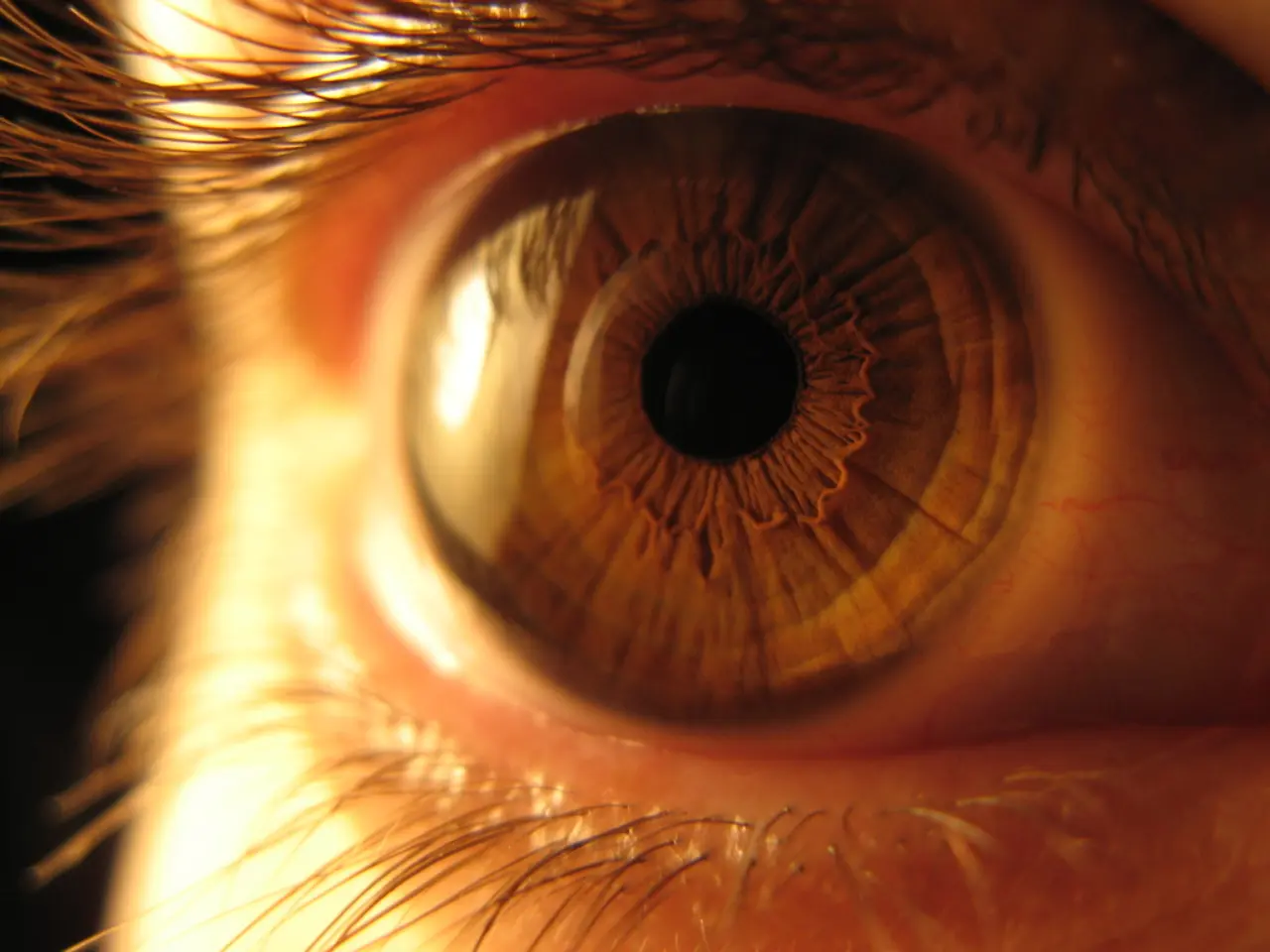Blepharoplasty: A Comprehensive Surgical Procedure on the Eyelids
Dr. Rajat Gupta, a board-certified plastic surgeon with 15 years of experience, offers cosmetic procedures equipped with the latest technology at his practice. One such procedure is blepharoplasty, also known as eyelid surgery, which is a popular cosmetic surgery for eyelid rejuvenation.
What is Blepharoplasty?
Blepharoplasty is a surgical procedure that aims to address various indications of aging around the eyes, enhancing the underlying structure with existing shapes to improve overall appearance and bring the eyes back into focus. This surgery can be performed on both the upper and lower eyelids.
The Procedure
The operation for blepharoplasty begins with anaesthesia, which can be delivered either generally or locally. The specific approach will depend on the extent of the surgery and the patient's preference.
Recovery Process
The recovery process after blepharoplasty typically involves initial swelling and bruising around the eyes that improves substantially within the first two weeks. Most patients return to work around day 7 to 14. Full healing and final aesthetic results can take between two to three months, and sometimes up to six months for all swelling to resolve and scars to fade.
Key Stages of Recovery
- First 48 hours: Rest with head elevated, use cold compresses to reduce swelling, and avoid strenuous activity. Discomfort is usually mild and managed with over-the-counter pain relief.
- First week: Swelling and bruising are still visible but start diminishing. Stitches are typically removed around day 5 unless dissolvable sutures are used. Most patients avoid vigorous exercise and return to non-strenuous daily activities.
- Two weeks: Bruising and swelling have mostly subsided, allowing return to work and normal activities with caution. Avoid heavy lifting or straining.
- One month and beyond: Continued fading of incision lines, and long-term healing progresses. Final surgical results become apparent around the 2 to 3 month mark, sometimes taking up to 6 months for full maturation of tissues.
Potential Risks and Complications
While blepharoplasty is generally a safe procedure, it does carry certain risks. These include bleeding or hematoma under the skin, indicated by significant pain or unusual swelling, requiring immediate medical attention. Infection, although rare when proper care is followed, is another potential risk. Dry eyes, irritation, or sensitivity during the healing period are also possible. Visible scarring or asymmetry of eyelids, temporary or, rarely, permanent changes in eyelid function such as difficulty closing the eyes, unsatisfactory aesthetic outcome, possibly requiring revision surgery, are other potential complications. Choosing an experienced, board-certified specialist reduces risks and helps achieve optimal, natural-looking results.
In summary, blepharoplasty recovery involves a gradual reduction of swelling and bruising over weeks to months, with most patients resuming normal activities within 1-2 weeks, while acknowledging that complete healing and final results develop over several months. Awareness of signs of complications and adherence to post-operative instructions are essential for a smooth recovery.
If you have questions or want to get started with blepharoplasty surgery in Delhi, help is available. Dr. Rajat Gupta's website provides information about his qualifications and expertise in the field of plastic surgery. To book an appointment, call 91-9251711711 or email contact@our website.
Under the correct circumstances, blepharoplasty surgery is rapid and comfortable. For upper eyelid surgery, incisions are made and concealed with the natural wrinkles and folds in the eyelids. For lower eyelid surgery, the incision is typically made along the lower lashes to hide it while providing easy access. Excess fat, skin, and muscle are sculpted or eliminated during lower eyelid surgery, giving the face volume and a fuller appearance. Blepharoplasty surgery can also be performed in conjunction with other treatments such as a facelift or brow lift.
Issues addressed by blepharoplasty include loose, unwanted skin and creases in the lower eyelid, drooping around the eyes, harm to the natural curve of the top eyelid, fatty deposits causing puffy eyelids, lower eyelids dropping, and fatigue and sleep deprivation causing eye bags.
- Blepharoplasty, a surgical procedure for eyelid rejuvenation, enhances the eyes' appearance by addressing signs of aging, such as loose skin, drooping, and puffy eyelids.
- The recovery process after blepharoplasty involves managing initial swelling and bruising for the first two weeks, returning to work around day 7 to 14, and achieving final aesthetic results between two to three months.
- Potential risks and complications during blepharoplasty may include bleeding, infection, dry eyes, scarring, asymmetry of eyelids, and temporary or permanent changes in eyelid function.
- Blepharoplasty can be combined with other procedures like a facelift or brow lift, making it a key part of an individual's health-and-wellness and aesthetic goals.




